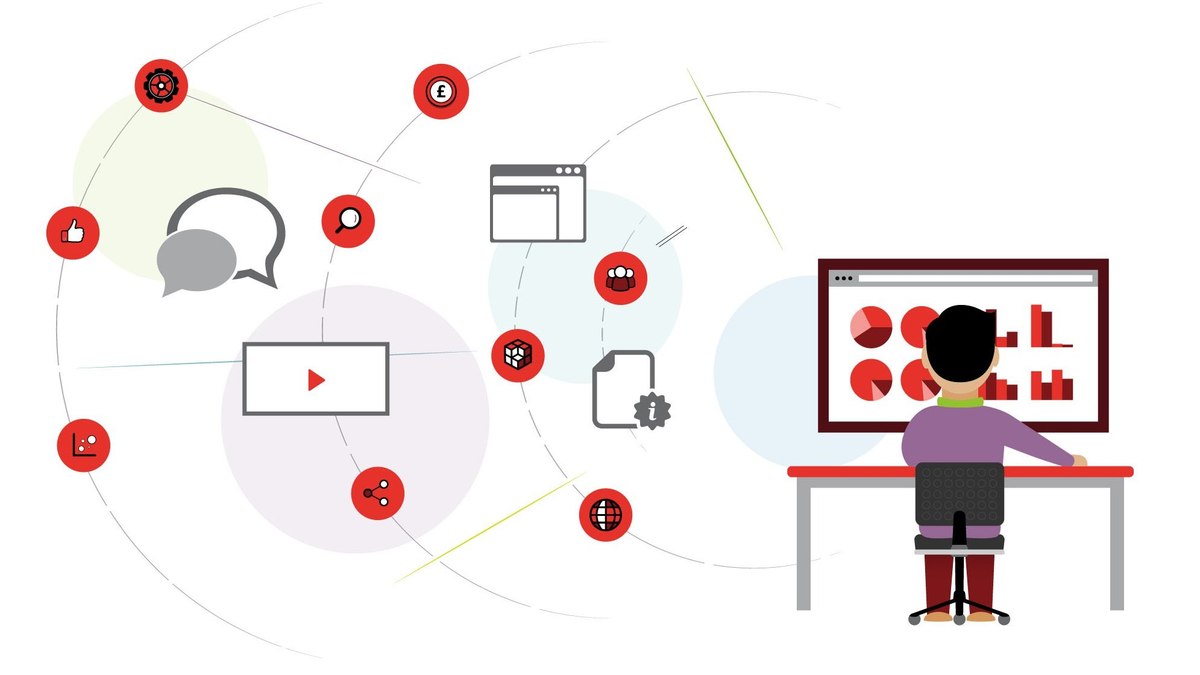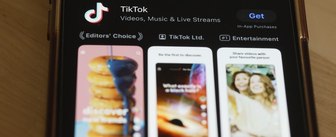Any ad targeting based solely on cookie data will see substantial waste – instead it needs to be married to outside connected data sets that bring consumers into sharper focus
In 1990 NASA launched the Hubble space telescope. Designed to float above the distorting optical effect of the Earth’s atmosphere, the project’s aim was to provide clear, focused views of a diverse range of objects that, to the naked eye, looked exactly same. However, when it was switched on it provided better images than we had before, the pictures lacked clarity.
NASA realised that in order for the Hubble space telescope to work to its maximum extent it needed some glasses so that it could make the most of the advantages it had over its Earth-tethered rivals. The spectacles would provide much greater definition, making decent but blurry images crystal clear and allowing people to zoom in more easily on the areas they wanted to target.
It may seem like a tortured analogy, but the blurry telescope is where it seems we have been with digital advertising over the past decade. While consumer data collected online, such as cookies, means we can now get a closer look at consumers than we ever had before, too often they provide good general outlines but no great detail. As a result, a lot of the money spent on online advertising is wasted – around £500m in the UK alone according to some reports.
The latest development in digital advertising is “programmatic” advertising. However, despite being in vogue among online advertisers, it is clear that, while programmatic advertising has elevated targeted ads above the distorting impact of the earth’s atmosphere and reduced waste, it does not have the right lens on it that leads to the best results.
Without glasses, even programmatic advertising will continue to churn out ads to the wrong people.
What it needs is another source of digital data that both runs parallel to and compliments cookies. Currently, cookies show basic data – collecting information from IP addresses to see where people go and when. However, even though programmatic advertising can take the data from cookies and make things more focussed, it can only do some much.
The common footprint of cookies and connected data is the IP address. However, while cookies will only tell you where people went and when, connected data tells advertisers a whole lot more about the person behind the cookie allowing ad campaigns to accurately target very specific groups of consumers. It allows ad servers to know, among other things, where the person behind the cookie shops, whether they have children, what they think of a particular brand and which financial products they own.The only way to get both cookies and programmatic advertising working to their maximum, serving up ads that are much more accurately targeted and therefore cutting the levels of waste currently seen in the industry, digital ad servers have to employ outside connected data sets.
For example, this means that a campaign aimed at working mothers who shop at a particular supermarket and who prefer a specific type of fizzy drink can be delivered directly to this bespoke group. Using connected data brings everything into focus, removing the guesswork and waste from serving ads.
When NASA added the glasses to the Hubble Space Telescope it allowed it to know that instead of hoping it was looking at the right thing it knew it was. Twenty years later it is still zooming in on amazingly diverse objects that, to the naked eye, look almost indistinguishable.
Programmatic advertising is similarly a great leap forward. To give consumers a better experience and to cut waste, let’s make sure we use it to its fullest extent.
Image from iStock










